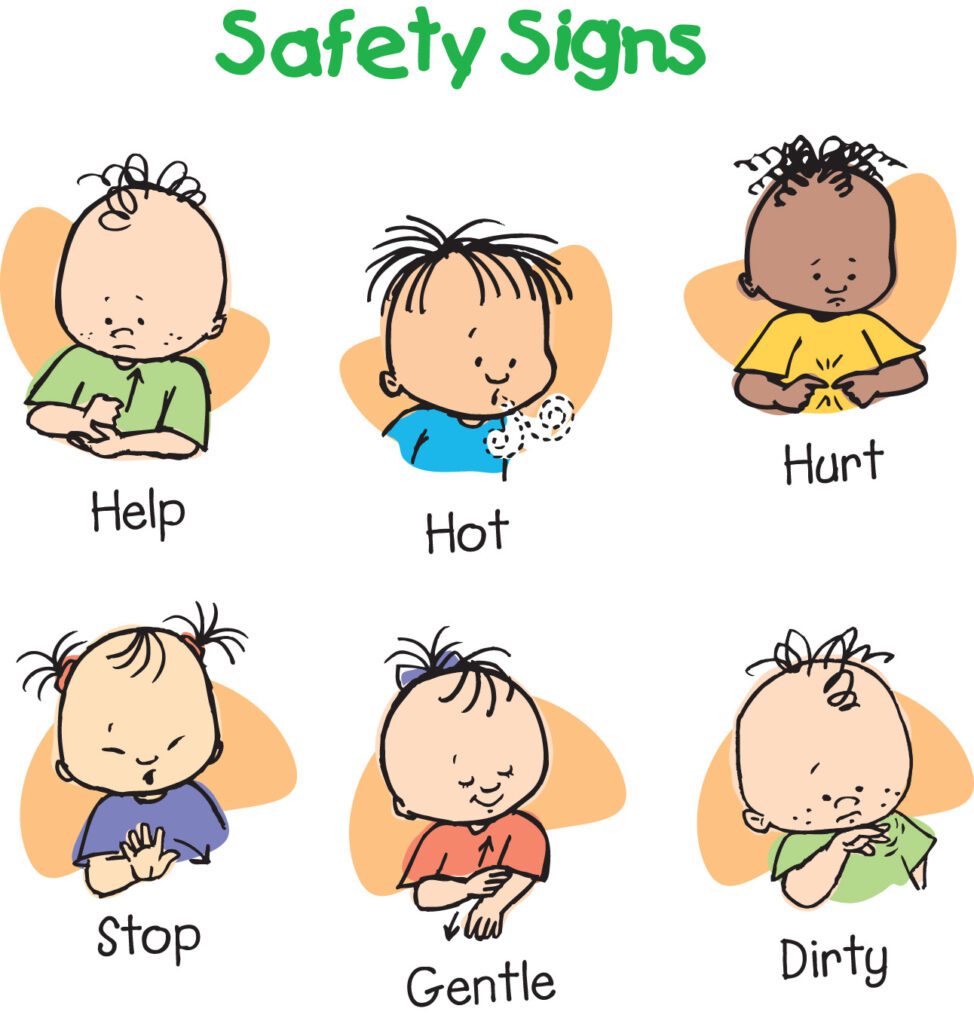Celebrating National Baby Safety Month with the Baby Signs® Program
Welcoming a new baby into your life is an exhilarating experience, accompanied by immense joy and a strong desire to keep your little one safe. As parents and caregivers, ensuring the safety and well-being of your baby becomes a top priority. This National Baby Safety Month, let's explore an innovative way to enhance communication and safety for your baby: Baby Signs®.

The Importance of Baby Safety
September is celebrated as National Baby Safety Month, a time when parents, caregivers, and communities come together to raise awareness about the safety measures necessary for infants and young children. From creating safe sleep environments and securing furniture to practicing car seat safety, this month encourages everyone to take proactive steps to protect the youngest members of our society.
Baby Signs®: A Gateway to Effective Communication
In the journey of parenting, communication takes on an entirely new dimension with the arrival of a baby. While babies may not be able to verbally express themselves, they are incredibly receptive to communication cues. This is where the Baby Signs® Program comes into play. Baby Signs® is a program that teaches babies and toddlers simple sign language to help them communicate their needs, feelings, and thoughts well before they can speak.
How Baby Signs® Work
The Baby Signs® Program utilizes basic American Sign Language (ASL) that are tailored to suit the motor skills of pre-verbal infants and toddlers. Parents and caregivers are encouraged to use these signs in conjunction with verbal language to create a comprehensive mode of communication. The benefits of Baby Signs® extend beyond enhancing communication – they can also play a significant role in promoting safety.
Baby Signs® and Safety
Expressing Needs: Babies often have a difficult time conveying their needs, leading to frustration. By teaching them signs for essentials like "eat," "milk," "diaper," and "sleep," parents can respond more effectively to their baby's needs, reducing instances of discomfort and distress.
Emergency Signs: Teach your baby signs that relate to safety, such as "help," "hurt," or "hot." In the event of an unforeseen situation, the baby's ability to use these signs could potentially alert caregivers to any issues they may be experiencing.
Identifying Allergies or Discomfort: Signs like "hurt" or "hot" can empower babies to indicate when something is wrong. This could be especially valuable in cases where a baby is too young to verbally express discomfort, such as experiencing an allergic reaction.
Instructional Signs: As babies grow into toddlers and begin to explore their surroundings, teaching signs like "stop," "dirty," and "wait" can contribute to their safety by helping them understand boundaries and potential hazards.
National Baby Safety Month and Baby Signs®: A Perfect Pair
As we celebrate National Baby Safety Month, incorporating infant sign language into your parenting toolkit can be a wonderful way to enhance both communication and safety. By giving your baby the means to express themselves and enabling them to understand important safety-related signs, you're taking proactive steps to ensure their well-being.
Incorporating the Baby Signs® Program into your daily routine doesn't require extensive effort. There are resources available online, including videos, books, music, and classes, that can guide you through the process. By dedicating time to learn and practice these signs, you're investing in your baby's development and safety.
National Baby Safety Month serves as a powerful reminder of the responsibility we have to protect and nurture our youngest family members. This September, consider the incredible potential of Baby Signs® in enhancing communication and safety for your baby. By embracing this innovative approach, you're not only providing a means for your baby to express themselves, but you're also empowering them to participate actively in their own safety and well-being journey.
Resources and additional safety tips:
https://www.jpma.org/page/baby_safety_month
https://www.safekids.org/blog/5-tips-new-parents-during-baby-safety-month
https://www.cpsc.gov/Safety-Education/Safety-Guides/Cribs-Kids-and-Babies/Baby-Safety-Month
#BabySigns #babysignlanguage #BabySafetyMonth #EarlyCommunication #ParentingTips #SignLanguageForBabies


